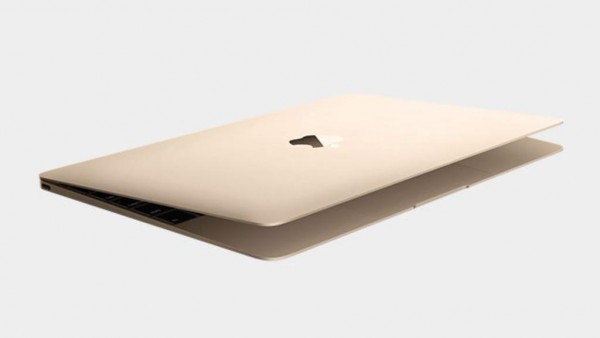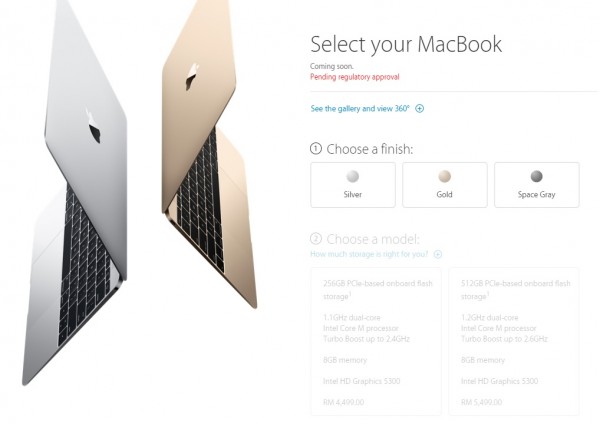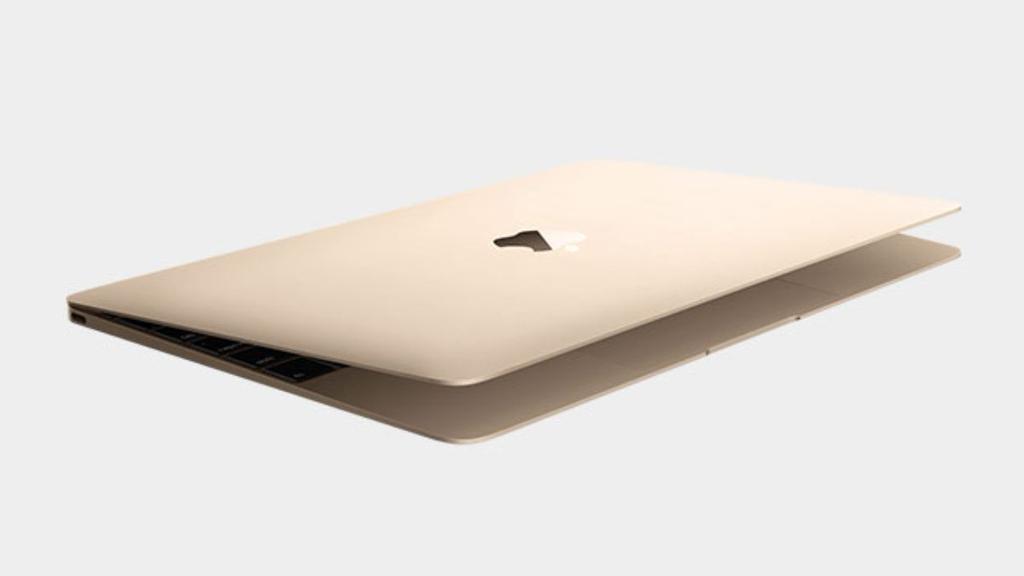
The new Apple MacBook ships with only a single USB port that is meant to do it all. Most will have noticed that it is uses the new USB Type-C connector, which has lead many to also assume that it also follows the newer USB 3.1 standard that allows for 10Gbps data transfers. However, closer examination of the specifications show that while it has the new connector, the port is actually USB 3.0 which has half the data transfer rate.
Apple lists the MacBook USB port as the USB 3.1 Gen 1 standard, which isn’t entirely 10Gbps USB 3.1. All this stems from the complete mess of naming conventions. The jump from USB 2.0 to USB 3.0 was a huge difference (480Mbps to 5Gbps), enough to warrant a whole new version name. However, the upgrade from USB 3.0 wasn’t as big an improvement; which lead it to being called USB 3.1.

What follows is an interesting turn of events where USB 3.1 consumed the USB 3.0 standard, and a new way of differentiating the two was introduced. The original 5Gbps USB 3.0 standard is now known as USB 3.1 Gen 1; while the actual improved 10Gbps version is called USB 3.1 Gen 2. Most OEMs still stick to the USB 3.0 and USB 3.1 names to avoid confusion, but that looks to be changing in the near future.
It should also be pointed out that the USB Type-C connector has nothing to do with data transfer speeds. It is simply a new cable interface that is supposed to standardise inputs for all devices. The reduced size is meant to better accommodate mobile devices, which means less scrounging around for the correct cable size. Admittedly, there will be the problem of interfacing with legacy ports for the foreseeable future.

Before anyone goes around saying that Apple is misleading people into thinking that the sole port on the new MacBook is the best thing since sliced bread, the company clearly labels the port and includes the data transfer speed. What this means is that users will have to spend a little more time reading the USB specifications in the future, because things are going to get a lot more confusing from here on out.
[Source: Ars Technica]
Follow us on Instagram, Facebook, Twitter or Telegram for more updates and breaking news.



